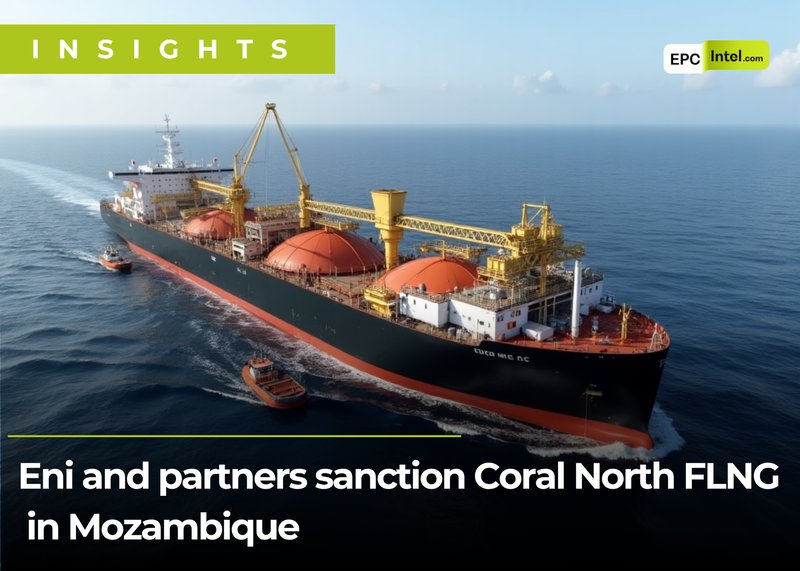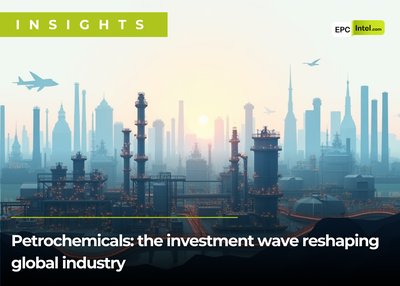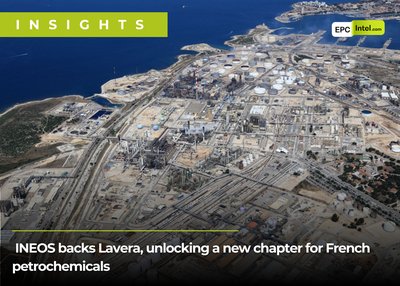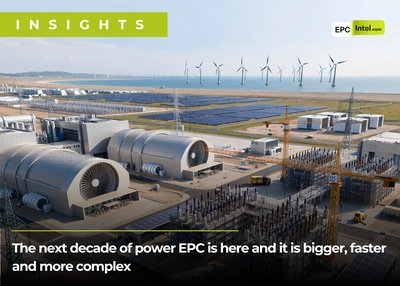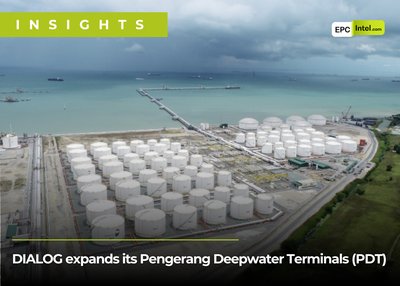Eni and its partners have reached a long-awaited FID on the Coral North floating LNG (FLNG) project offshore Cabo Delgado, Mozambique, committing to the country’s second deepwater liquefaction facility and doubling its LNG export capacity. The signing ceremony took place in Maputo, attended by President Daniel Francisco Chapo and Eni CEO Claudio Descalzi.
Project overview
Coral North will develop gas from the northern section of Area 4’s Coral reservoir in the Rovuma Basin. The facility will have a liquefaction capacity of 3.6 MTPA, matching its sister project Coral South, which has been producing since 2022. Together, the two FLNGs will lift Mozambique’s LNG output above 7 MTPA, positioning the country as Africa’s third-largest LNG producer.
The joint venture structure mirrors Coral South, with Eni holding 50% and operatorship, CNPC 20%, Kogas 10%, ENH 10%, and ADNOC’s subsidiary XRG 10%.
Execution strategy
Leveraging lessons from Coral South, Coral North is expected to achieve cost and schedule advantages through design replication, performance optimization, and reduced execution risk. Start-up is targeted for 2028.
Eni CEO Claudio Descalzi described Coral North as a showcase of Eni’s fast-track capability:
“With Coral North we will contribute to supply the worldwide growing demand for LNG, doubling both Mozambique’s contribution to global energy security, and the benefits for the country and its citizens in terms of economic and industrial growth.”
Value and package breakdown
The Coral North FLNG development is estimated to cost around USD 6–7 billion, based on EPCIntel benchmarks for similar floating LNG facilities. The breakdown of capital packages is expected as follows:
- FLNG vessel construction: $3.5–4 billion, likely awarded to Korean or Singaporean yards, covering hull, topsides, and liquefaction modules.
- Subsea production systems: $1.2–1.5 billion, for wells, manifolds, subsea trees, and controls.
- SURF (subsea umbilicals, risers, flowlines): $700–900 million, with Saipem, TechnipFMC, and Subsea7 as potential contenders.
- Drilling and completions: $600–800 million, covering new ultra-deepwater wells in over 2,000m water depth.
- Marine and logistics infrastructure: $300–400 million, supporting integration, installation, and long-term operations.
Local impact
Coral North is expected to scale up the economic ripple effects already seen with Coral South, including new employment opportunities, local fabrication scopes, and investment in national enterprises. The project also ties into Eni’s broader sustainability plan in Mozambique, which focuses on diversification, education, health, and water access.
Coral North cements Mozambique’s place on the LNG map and delivers a second world-class FLNG to the Rovuma Basin. For contractors, the project offers a rare repeat opportunity in ultra-deepwater floating liquefaction, with major packages soon to be tendered. For Eni and its partners, it is about leveraging proven technology, replicating design, and ensuring execution discipline.
By 2028, Mozambique will be exporting LNG from two FLNGs while still holding untapped resources in the Mamba Complex and Agulha fields, providing a long runway of future developments. Coral North signals that momentum has returned to Mozambique’s LNG ambitions after years of delays, positioning the country as a stable, growing supplier into the 2030s.
